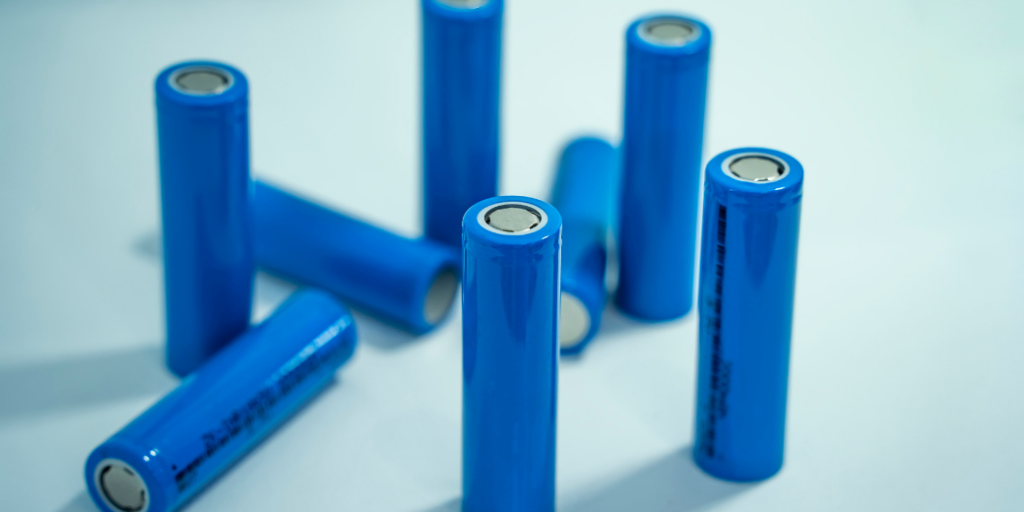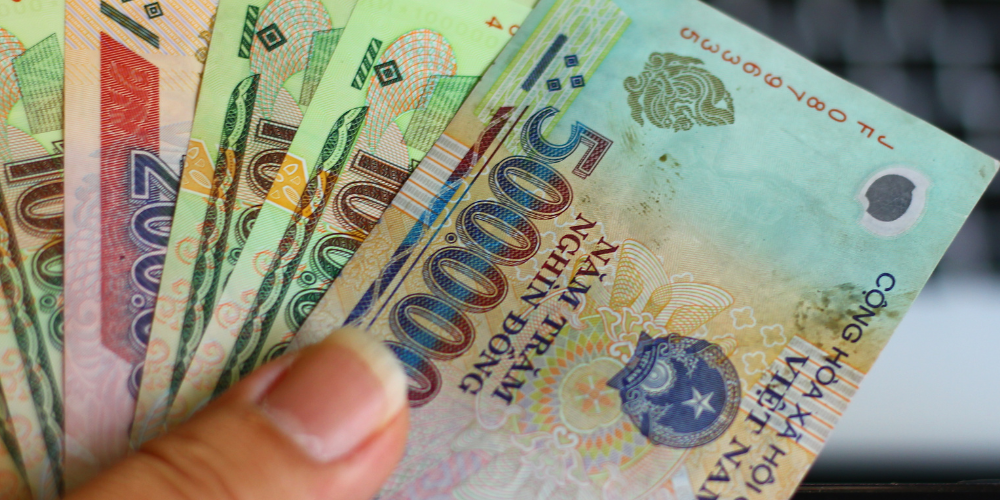Báo cáo ngành
Medical Electronic Device in ASEAN

Medical Electronic Devices Grow Steadily, with Emerging Opportunities in Asia
The global medical electronic devices industry is primarily driven by therapeutic and diagnostic segments, including devices like pacemakers, defibrillators, and diagnostic imaging systems. With healthcare spending increasing globally, the industry has seen steady growth. The US and Europe are major markets, contributing to a total MedTech market value of USD 573 billion in 2022. Regulation of medical devices is largely standardised across key regions like the US, EU, and China, with risk-based classification systems for device approvals.
Global healthcare expenditure has grown at a CAGR of around 4% between 2010–21, boosting demand for medical electronic devices. Asia is a key emerging market due to its large population and growing healthcare infrastructure, despite lower per capita spending compared to developed regions. Europe is a leading exporter of medical devices, with strong import growth. Asia has shown the fastest export growth, while North America remains a net importer. The rise of portable medical devices, particularly for home-based healthcare, is also transforming the industry.
The medical electronic devices market is highly concentrated, with the top 15 companies, including Johnson & Johnson and Abbott Laboratories, dominating global revenue. Mergers and acquisitions are common, though M&A activity declined in 2022. Leading companies have seen mixed revenue and operating margin performances in recent years, influenced by factors such as exchange rates, inflation, and post-pandemic shifts in demand for specific medical technologies.
ASEAN Medical Devices Sector Relies Heavily on Imports, with Malaysia and Singapore Leading in High-Tech Exports
The medical electronic devices sector in ASEAN countries is marked by significant reliance on imports, especially for advanced and high-tech equipment. Indonesia, Thailand, and Vietnam are particularly dependent on foreign suppliers due to limitations in local manufacturing capabilities. Indonesia’s medical devices industry is growing but remains nascent, with imports focusing on high-tech equipment like ventilators and CT scanners, while local companies concentrate on simpler products. Thailand shares a similar scenario, with the majority of imports comprising diagnostic and x-ray machines, and minimal local innovation in high-tech devices. Vietnam faces even more challenges, as domestic production only meets 10% of demand, leading to heavy reliance on imported advanced technology, primarily from Japan, China, and South Korea.
Conversely, Malaysia and Singapore are more advanced in the sector, with both countries maintaining strong export markets. Malaysia is a net exporter, driven by high-value products like electro-diagnostic and X-ray devices, and supported by a favourable regulatory environment. Multinational corporations play a significant role in both countries, leveraging Malaysia’s business environment and Singapore’s advanced R&D infrastructure to manufacture and distribute products globally. Singapore, despite facing a recent decline in exports, continues to thrive as a medical hub, with 70% of its imported devices re-exported.
Indonesia: Medical Devices Industry Faces Growth but Remains Dependent on Imports for High-Tech Equipment
Indonesia’s medical devices industry remains nascent, heavily reliant on imports for sophisticated equipment such as ventilators and CT scanners. Domestic manufacturers predominantly focus on essential disposable items. The sector faces limitations due to technological constraints, limited local raw materials, and a shortage of skilled labour. However, government initiatives such as e-catalogues and policies promoting local manufacturing have been implemented to address these challenges.
The Indonesian medical devices market saw significant growth, driven by the national insurance scheme (JKN) and the COVID-19 pandemic. Between 2019–2021, the number of medical device production facilities rose substantially. Despite this, Indonesia continues to be a net importer, particularly for high-tech medical devices. However, the introduction of local content rules in 2021 led to a decline in imports for some medical devices, with China, Germany, and the US being the top import sources.
The industry is composed of both foreign and local players. Major international subsidiaries like Siemens and Philips have a strong presence, focusing on high-end medical devices. Local companies, such as Andini Sarana, manufacture simpler medical equipment like ultrasound machines and hospital beds. Philips Indonesia, for example, is a key player, with partnerships across Indonesian hospitals. Despite some local companies producing medical devices, foreign firms continue to dominate the high-tech segment due to their advanced technological capabilities.
Malaysia’s Medical Electronic Devices Industry Thrives with Export Growth, Dominated by Multinational Corporations
Malaysia’s medical electronic devices industry forms part of a broader medical devices sector, which is highly diversified, including diagnostic imaging, orthopaedics, and implantable devices. Malaysia is a net exporter, with a trade surplus of USD 747 million in 2023, primarily driven by electro-diagnostic equipment, X-ray devices, and pacemakers. The sector is regulated under the Medical Devices Act (2012), requiring registration and licensing of products and establishments. Malaysia has implemented a digital registration system to simplify access for industry players.
The sector recovered from the COVID-19 pandemic, with international trade growing at a CAGR of 12% for imports and 8% for exports from 2020–23. Exports rose due to increased demand for electro-diagnostic equipment and ultraviolet apparatus. Although the pandemic caused a temporary contraction in imports and exports in 2020, the market has since rebounded, with the trade surplus widening over the period. The sector is expected to continue growing as Malaysia maintains its export focus, particularly on high-value devices.
Multinational corporations (MNCs) dominate Malaysia’s medical electronic device sector, accounting for the production of higher-value equipment. Major players include Boston Scientific, General Electric, and Philips, which manufacture and export various advanced medical devices. These MNCs leverage Malaysia’s strong regulatory and business environment to assemble and manufacture products, with significant contributions to both domestic markets and global exports. Local firms play a smaller role, primarily focusing on less complex devices.
Singapore’s Medical Electronic Devices Industry Thrives on Advanced Technology and Global Exports Despite Recent Challenges
Singapore is a net exporter of medical electronic devices, with 70% of imported devices re-exported. The public sector, particularly the Ministry of Health, is a major end-user of medical devices, covering about 75% of local demand. Singapore’s focus on advanced technology and its role as a medical tourism hub have attracted global medical companies to establish R&D and manufacturing facilities under the Research Innovation and Enterprise (RIE) 2025 plan.
The medical technology sector accounted for SGD 19 billion in output in 2022, representing about 4% of Singapore’s overall manufacturing output. The industry has grown steadily, driven by an ageing population, rising healthcare facilities, and increased government healthcare expenditure. However, exports of medical electronic devices have experienced a slight decline since 2019, due to reduced demand for respiratory therapy and radiotherapy equipment. Conversely, imports have consistently grown, particularly for electro-cardiographs and respiratory therapy devices.
Singapore’s medical device industry is dominated by multinational corporations, with around 50 global firms and 25 R&D facilities established in the country. Notable players include Medtronic, which manages regional manufacturing and distribution, and Dornier MedTech, which has set up its Asia Pacific headquarters in Singapore. The country also supports a growing number of medical technology start-ups and small and medium enterprises, though multinationals continue to lead in terms of high-end device production and distribution.
Thailand’s Medical Electronic Devices Sector Relies Heavily on Imports, with Limited Local Innovation in High-Tech Products
Thailand’s medical electronic devices sector is highly dependent on imports due to a lack of local technological innovation. In 2023, imports totalled USD 271 million, primarily comprising diagnostic apparatus, x-ray machines, and ultrasonic scanners. Domestic manufacturers focus on lower-tech products, leaving more complex devices to foreign suppliers. The industry is regulated by the FDA, which oversees product licensing and safety compliance. To boost local manufacturing, the government offers tax incentives and is promoting Thailand as an Asian medical hub.
In 2023, medical electronic device imports remained stable following a 10% decline in 2022. Prior to this, 2021 saw a surge in imports driven by demand for diagnostic and x-ray apparatus. Japan was the leading import partner, accounting for 31% of the total, followed by China (20%) and the US (17%). The industry continues to rely heavily on foreign imports due to limited local production capabilities, with little expectation of significant shifts in the near term.
The industry features a small number of local manufacturers, primarily involved in distribution and some production. Stars Microelectronics (Thailand) is a leading player, producing heart stimulators and blood analysers. Intronics and Belmexthai also operate in the sector, although they cater to various industries beyond medical devices. Most local firms focus on simpler devices, while foreign players dominate the high-end segment. Despite some recent fluctuations in revenue, these companies maintain a stable presence in Thailand’s medical devices market.
Vietnam: Medical Electronic Devices Industry Faces Heavy Import Reliance with Limited Local Manufacturing Capabilities
Vietnam’s medical electronic devices industry is nascent, heavily reliant on imports due to the lack of local manufacturing capabilities. Domestic production meets only 10% of the market demand, primarily producing basic medical equipment. Public hospitals, especially in rural areas, are often equipped with outdated technology, leading to overcrowding in major urban hospitals. Imports, particularly of advanced technology like diagnostic imaging devices, are distributed mainly through local distributors. Foreign companies with a presence in Vietnam also contribute significantly to the supply chain.
The demand for medical electronic devices is driven by an ageing population and increased healthcare expenditure, with the government covering over 55% of the total healthcare budget. The diagnostic imaging market alone was valued at USD 431.9 million in 2019, growing at a 12% CAGR from 2013–19. However, the overall import value of medical electronic devices declined at a CAGR of 20% between 2019–21, likely due to the impact of the COVID-19 pandemic. Despite the decline, Vietnam remains heavily dependent on imports, with South Korea, China, and Japan being the leading suppliers.
The market is dominated by foreign companies from countries such as the USA, Germany, and Japan, which operate independently or through joint ventures. Japanese companies, in particular, hold a competitive edge due to strong trade relations and affordable pricing. Key players like GE Vietnam and Siemens Vietnam supply advanced diagnostic equipment to both public and private hospitals. Local manufacturing remains minimal, leaving ample opportunities for foreign companies to dominate the high-tech segment.
Unlock Industry Insights in Minutes with Speeda: Your All-in-One to Comprehensive Market Intelligence
Elevate your research with Speeda, where understanding an industry can take as little as five minutes. With access to over 560 industries and data from more than 10 million companies, Speeda offers industry reports, expert opinions, and trend analysis, empowering you to stay ahead in the ever-changing market landscape. Whether you’re conducting due diligence or preparing strategic plans, Speeda simplifies the process, giving you the insights you need, fast.
Ready to unlock the full potential of your research? Schedule a free call with the Speeda team today to learn more about how we can help transform your approach to market intelligence.
























